
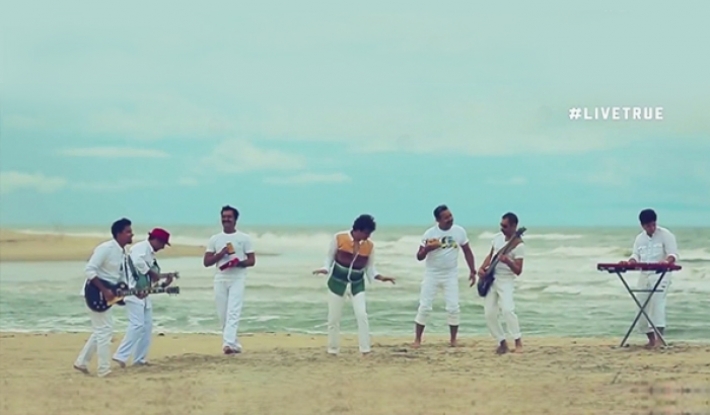
(All screen grabs taken from here)
1. Ep no. five features Euphoria, a Hindi-pop band that, I think, calls itself Hindi-rock, collaborating with Jayachandran Palazhy, founder of the Attakkalari Centre for Movement Arts, and his dance troupe. The show is set in Pondicherry, which is as beautiful a location as any for art collaborations. For better or worse, the location is by far the primary highlight of this episode.

2. One thing I quite appreciate about modern dance – or “contemporary movement arts” – is the fluidity of the form. I don’t mean physically – modern dance can often get extremely rigid – but in terms of vision and attitude. It’s not bound down by religious scriptures for narrative or style, and there’s a lot of freedom to explore, experiment, which is probably true of all modern art movements – following the whole “fuck the rules; let’s do our thing” dictum, but in more fanciful words. Palazhy also elaborates on similar themes in the now customary monologue, speaking about being a male dancer at a young age and how he didn’t want to follow traditional narrative elements of dance, hence the contemporary approach.
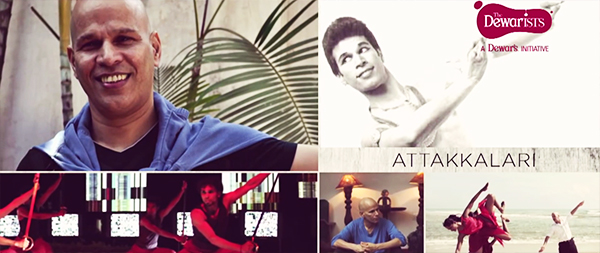
3. John Cage and Merce Cunningham’s works together yielded some of the most innovative and groundbreaking – even pioneering – collaborations in modern music and dance. My guess is the show creators may have missed a trick by pairing a contemporary dance troupe with Euphoria, who may be a lot of things, but they are not exactly experimental in terms of form or style. But I guess they did have to programme something that would work on commercial television.
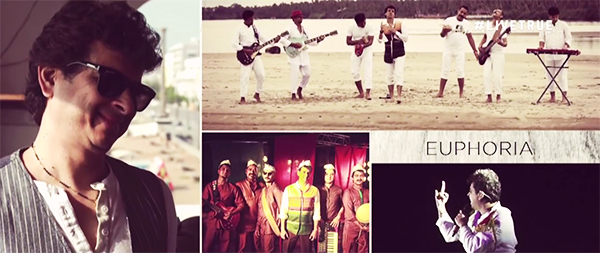
4. During his monologue, Dr. Palash Sen speaks about how the band, when they made the switchover from English to Hindi, were ridiculed within the indie rock circuit. They became the laughing stock, he says, and that he didn’t care because he was able to connect with people in “our own language”. Fair enough. But he did say all of this in English. Nevertheless, the Wikipedia entry for Dr. Palash Sen calls Euphoria “India’s biggest band”.
5. He also talks about how he’s a 17th generation doctor, which I personally find quite cool. He mentions how he doesn’t quite identify himself as a “rockstar” – “I’m not a rockstar; I’m a doctor”, he says. He’s a rockstar, and a doctor. Is it time we start calling him a Rocktor?
6. Euphoria have a handful of really popular mainstream songs – e.g., the Dhoom trilogy, and ‘Maeri’. For some reason, there’s a sequence of them jamming to the ‘Dhoom’ song and ‘Maeri’ on the show. You know, just to remind unsuspecting viewers that they wrote those songs and reached those glorious highs.
7. They’re a seven-piece band. Seven. That’s a hell of a lot of people in one band.
8. On to the song, called ‘Khwaamakhaah’, which is my least favourite of the lot this year. It’s painfully catchy, and gets painfully annoying just as quickly. It’s one of those songs the existence of which isn’t offensive, necessarily. But it’s just the aural equivalent of an eyesore for my ears. Sure, the vision is in place – you know, trying to capture the spirit of water and the waves through an oscillating vocal line. And delving into themes of duality lyrically/approach-wise is all well and good. But what about the song?
9. Also, the song begins with women singing harmonies in a language I don’t understand. Where did the women come from? Euphoria is an all boyband. Either I missed the part where that particular discussion took place, or there was a lack of context there in terms of narrative.

10. The final music video isn’t all that great either. Which is odd, because so far, the videos have been top-notch. Admittedly, the dance sequence is awe-inspiring. But let’s rewind: The video features two parallel sequences – one of two women dancing in a slightly dimly lit hall-ish room, where they’re joined later by two men as well. The other is of the Euphoria guys all wearing white and performing on the seaside shore, aka a beach. If I were being particularly snarky, I would say they’re doing their best Backstreet Boys impression, as Dr. Palash Sen is seen framing the air and lying on the beach and stuff, but I’m not so I won’t. That’s the part I didn’t enjoy. Basically, I have no problem with the popstar posturing as such – it’s ultimately a music video featuring a very popular band with relative mass appeal. What I didn’t like was the complete absence of nuance; it was all just so over-the-top and lacking in self-awareness. Also, I felt bad for the two percussionists who were forced to stand on the beach with those salt-shaker type things.
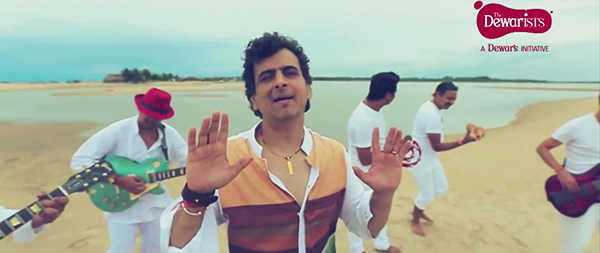
The dancing bit, on the other hand, has a lot more nuance. It has pretty good choreography that attempts to capture the roving spirit, theoretically, of the music and of the underlying theme of water and waves, while also retaining its own identity as well as maintaining an aesthetic quality too. There’s the duality bit then.
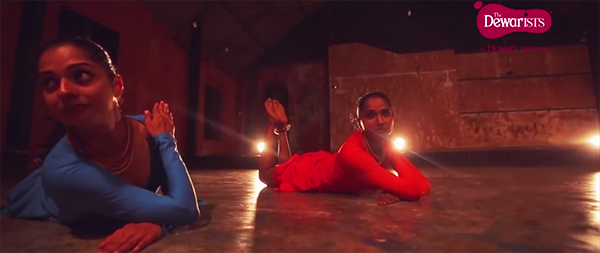
Watch The Dewarists - Season Three, Episode Five - 'Khwaamakhaah' below:
Read more reviews here


Leave a comment